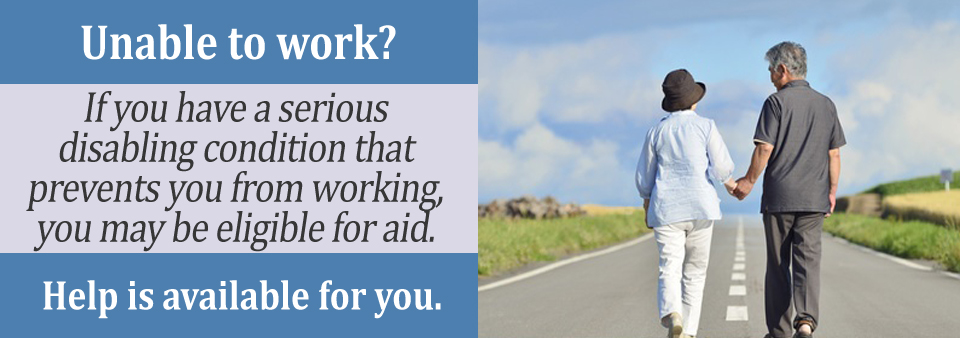Yes, vision loss can be considered a disability and may qualify for Social Security Disability benefits. If your vision loss is extensive and affects your daily life as well as your ability to work, your claim may be approved by Social Security Administration (SSA).
The Blue Book, which is the SSA medical guide, which has medical listings that have specific criteria that must be met for a blind disability claim to be approved. Here is a closer look at disability for vision loss.
Kinds of Vision Loss That Are Considered a Disability
There are several kinds of vision loss that can qualify for disability benefits. Here is a closer look at qualifying eye conditions per the SSA guidelines.
Vision loss if you are legally blind – If your vision cannot be improved beyond 20/200 in your better eye or your visual field is 20 degrees or less in that eye and the condition is expected to last for at least one year.
- Partial sight – also called low vision – means you have limited visual capabilities. This can be caused by glaucoma, brain disorders, or diabetic retinopathy.
- Cataracts – Some cataracts may resist treatment and surgery will not resolve the issue.
- Sjogren’s Syndrome – This is a systemic autoimmune disease that affects the lacrimal and salivary glands that may cause dry eye disease that can cause corneal abrasions and eyelid inflammation.
- Glaucoma – This is a group of eye disorders that is leading cause of blindness in people older than age 60.
- Hemianopia – This is partial blindness or sight loss in part of your visual field caused by damage to the brain or optic nerve. It could be caused by MS, epilepsy, or brain injury.
- Macular degeneration – An incurable disease, macular degeneration happens when the center of the retina, which is the macula, suffers deterioration.
- Ocular melanoma – This is a rare cancer that affects the pigmented tissue layer under the white of the eye, which is called the uveal tract.
How To Get Disability for Vision Loss
You must provide medical evidence that confirms your diagnosis and that supports your disability claim. This means you will need eye exam reports, and you must meet the criteria of a Blue Book listing. Here are some ways that you may qualify for disability benefits.
- Loss of central visual acuity (2.02) – this is for vision loss in your central field of vision and requires you see no better than 20/200 in your better eye.
- Contraction of the visual field in the better eye (2.03) – to qualify, you must have a shrinking field of vision. Your doctor must measure your vision with specific tests and must record what you’re able to see when you’re focusing on a fixed point. This listing requires reports of your visual field, which is the distance in all directions from the fixed point on which you’re focused. That diameter must be no greater than 20 to 30 degrees. You must have a narrow visual field.
- Loss of visual efficiency, or visual impairment (2.04) – This is for issues that cause blurry or unfocused vision or an absence of vision (total blindness). To qualify, you must have vision in your better eye that is no greater than 20/200 when wearing corrective lenses.
Get Help with Your Vision Loss Disability Claim
If you have vision loss that keeps you from working, you may qualify for disability benefits from the SSA. A disability attorney could help you maneuver the claims process.
If you are applying for disability benefits because of vision loss, you should enlist the help of a disability attorney. Complete the Free Case Evaluation Form on this page to share the details with a disability attorney who can review the details of your claim.
